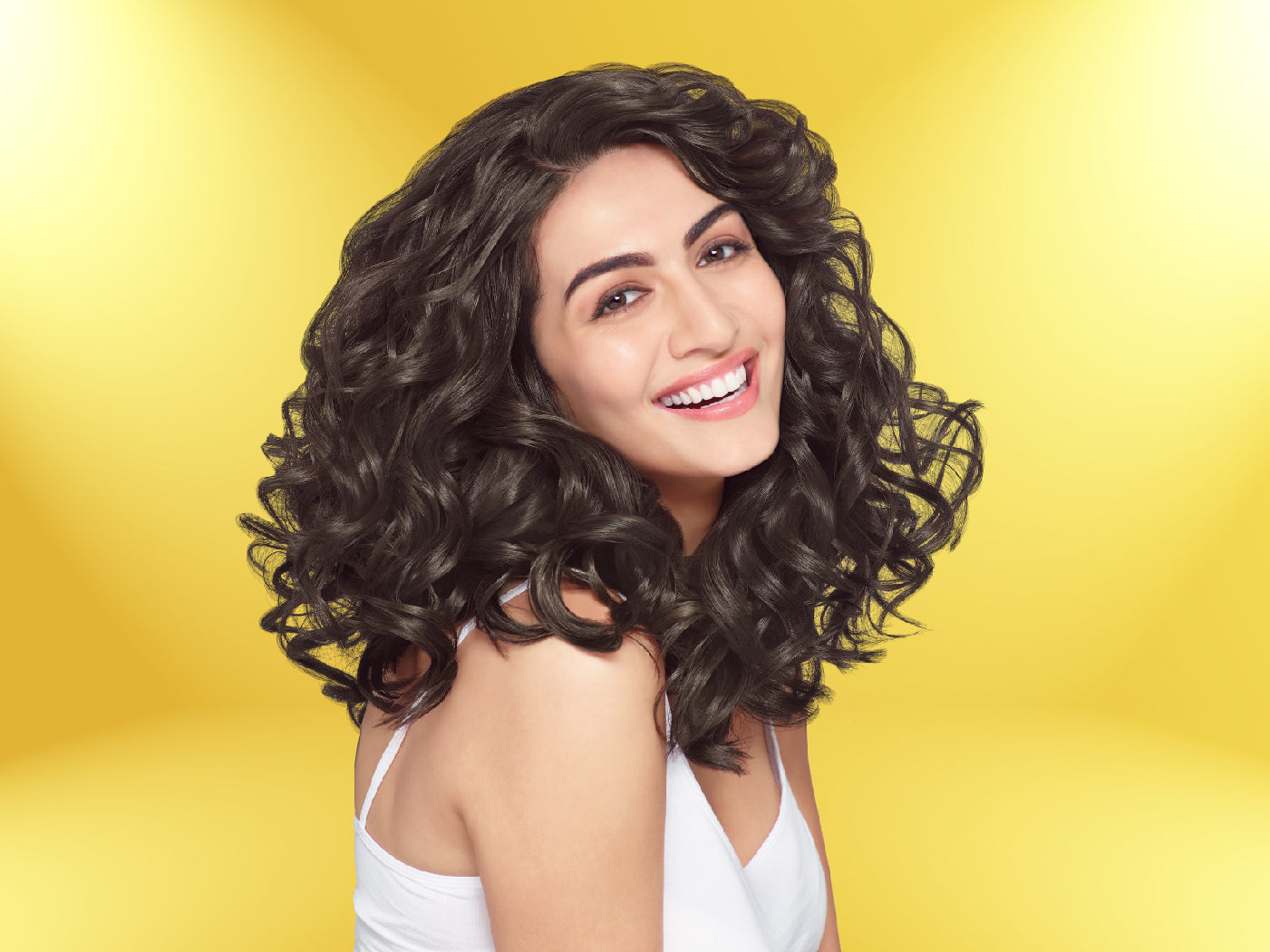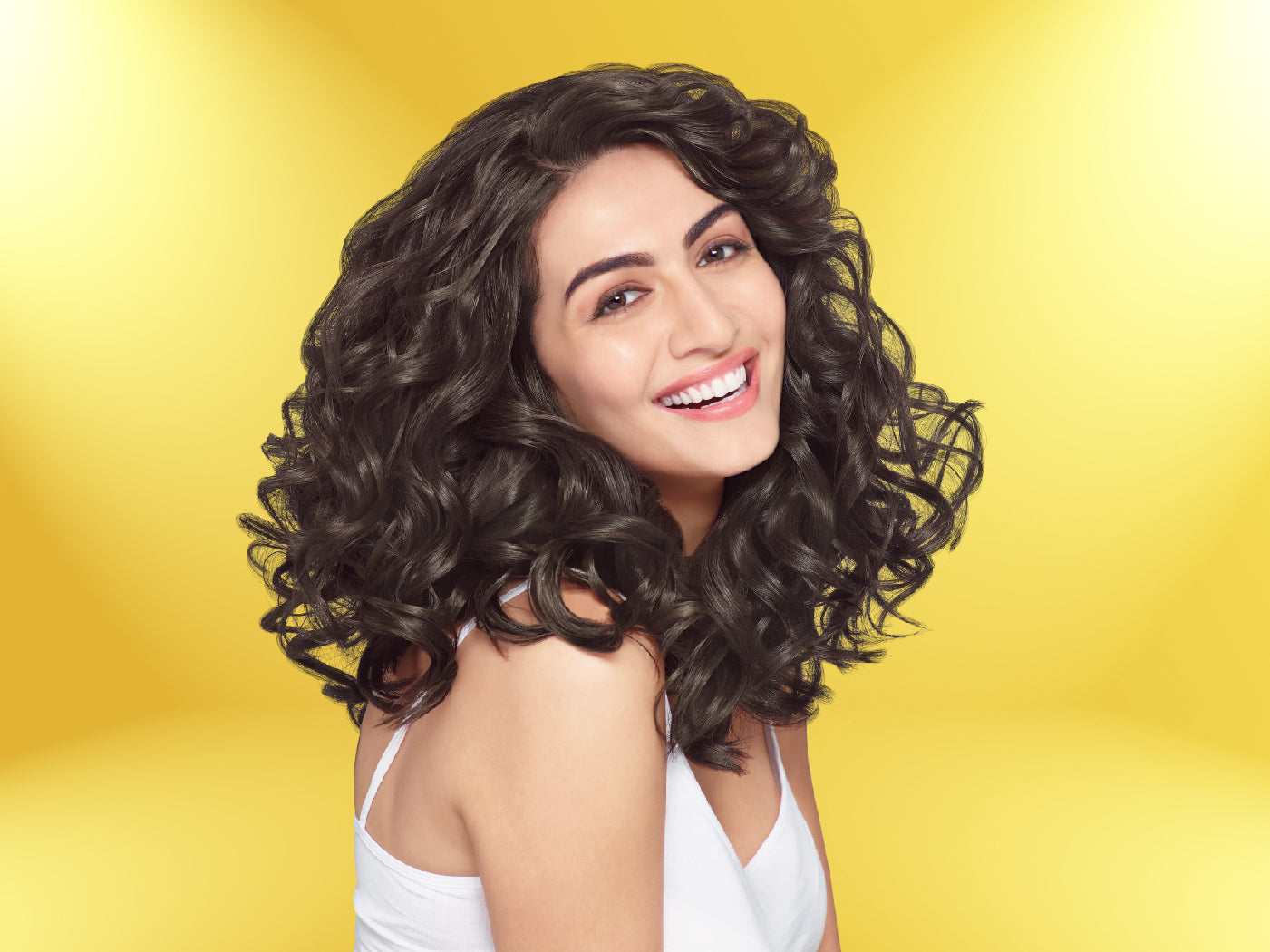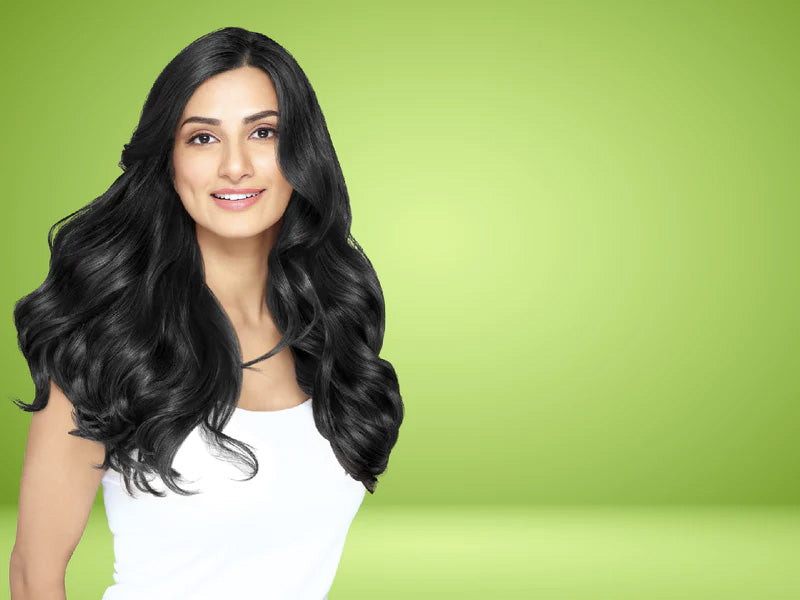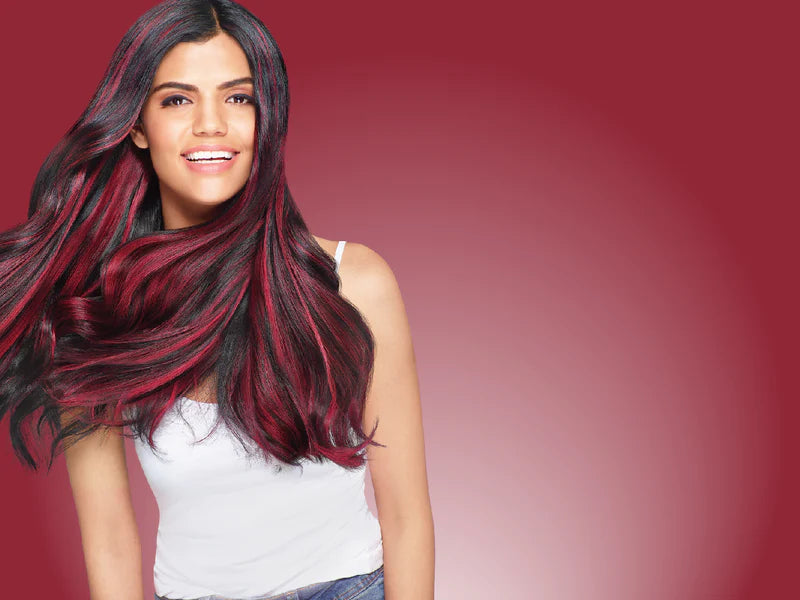The best method in choosing a hair colour is first to choose the results you want from it. Depending on whether you are covering grey, highlighting a natural hair colour, or using hair colour to completely change your image, knowing what you want helps you to narrow down hair colouring choices.
Before you get down to choosing a hair colour, first decide on your commitment to hair colouring. Temporary hair colours wash out in a shampoo or two, semi permanent products typically last for a couple of months, while permanent dyes may either give you grow-out pains or necessitate frequent root touch ups.
Choosing a Compatible Hair Colour
After you’ve decided on results and made your commitment, it’s time to get out the colour wheel.
Beauty experts tell us that we’re either “cool” or “warm” depending on our skin tone, eye colour, and natural hair colour.
| Cool Category | Warm Category | |
|---|---|---|
| Eyes | Dark Brown, Black-Brown, Grey Blue, Dark Blue, or Hazel with white grey or blue flecks | Golden brown, Green, Green-Blue, Turquoise, Hazel with gold or brown flecks |
| Hair | Blue black, Deep brown, Ash brown, Ash Blond, Platinum Blond | Deep brown with gold or red highlights, Red, Strawberry Blond, Grey-Yellow, Natural Golden Blond |
| Skin | Very dark brown, True olive, Medium pale, Medium with golden undertones, Pale, Bronze | Brown with pink or golden undertones, Peachy or with peachy undertones, Pale with gold undertones, Freckled, Ruddy |
It still may be difficult to determine by examining your skin tone and hair colour. Don’t despair! There is a shortcut!
Examine your wardrobe. Cool hues are green, blue, and violet. Warm hues are reds, oranges, and yellows. Chances are, your wardrobe is a mix with either cool or warm hues in the majority. Clothing colours that look good on you and make you feel comfortable probably indicate if you’re in the cool or warm category. For instance, if olive drab makes you fade into the woodwork, then cool tones like ash blonde (ash tones contain green) are probably not for you.
In addition, most commercial hair colours have help on the box, yet if you have a hard time deciding which group is your group, you may want to seek the advice of a professional hair stylist.
Hair Colour Tips:
- Highlighting is a great way to add tone to monochromatic hair (jet black, pure brown).
- Beware of hair colours that have green, blue, or purple undertones, like “ash”. If you mix them with warm tones, your hair colour will turn out green.
- The levels (one to twelve) you see on hair colouring boxes are the lightness or darkness of the colour. Level one is black (darkest) and level twelve is light blond.
- “Complimentary colours” are opposite each other on the colour wheel. Blue-orange, violet-yellow, etc. If you want to neutralize unwanted highlights, choose the complementary colour. For instance, red will cancel out an ash undertone, and an ashen colour neutralizes any red highlights in your hair.
- Be sure to check if your hair colour is a “progressive dye”. Progressive dyes continually add more colour with each use. For instance, if you’re colouring blond hair black, your first use of a progressive hair colour may not give the result you expected. However, continued use will turn your hair jet black.
- Hair colours, like perms, are chemically based. If you’re pregnant, be sure to check with your doctor before colouring your hair.
- Henna hair dyes are organic based hair colours that don’t mix well with chemicals.
- Stay out of the pool and the ocean after colouring your hair. Neither sea salt nor chlorine mixes well with chemical hair colours.
Hair Colouring Forecasts
Expert beauty consultants predict that the trend in hair colours is moving away from dramatic colour and back towards more natural colours and highlighting techniques. Yet, not everyone wants to blend into the crowd. Make your personality your first consideration in choosing a hair colour or hair colouring technique that’s a perfect fit for you.
- Are you sweet or saucy?
- Do you like to stay “in style” with the season or are you a rebel?
- Are you after the avant-garde or do you prefer traditional hair colours and techniques?
- Are you comfortable in the spotlight or would you rather sit in the audience?
- What hair colour or technique really catches your eye and do you want to be caught up in it?
Sweet and Saucy
Highlight straight dark hair with a top layer of light-coloured curls or curls in untraditional colours. Reverse the colours for a bolder, saucier look.
Seasonal Hair Colour Changes
Fall and spring seem to be the most frequent times for hair colour changes. In the autumn, we often make a change in hair colour or style to forestall the winter doldrums. Then, the very freshness of spring encourages us to recreate a new image for ourselves.
Although we like to blame the sun for fading hair colours, as well as summer sun-fade, hard water and harsh hair care products can dull hair colour over fall and winter. Spring is a great time to highlight hair with low-lights. Low-lights darken sections of your hair and make natural hair highlights sparkle in the summer sun.
Hair Colour in the Spotlight
One-tone hair colours are making a comeback. When you want to make a striking change, consider going platinum, becoming a real redhead, or really going for the gold, bronze, silver, blue etc.
If you’re not ready to plunge whole head into colour, add a flash of colour up front with bold coloured bangs or make your personal colour statement with just a tone or two to give your hair a hint of extraordinary colour. Deeper colours add sizzle to dark hair and blonde colours, from ash to honey, add fire to lighter coloured hair. Whatever hair colour trends catch your eye, the diversity in modern hair colours and hair colouring techniques leave you with plenty of hair colour ideas to shape your hairstyle and your image.



